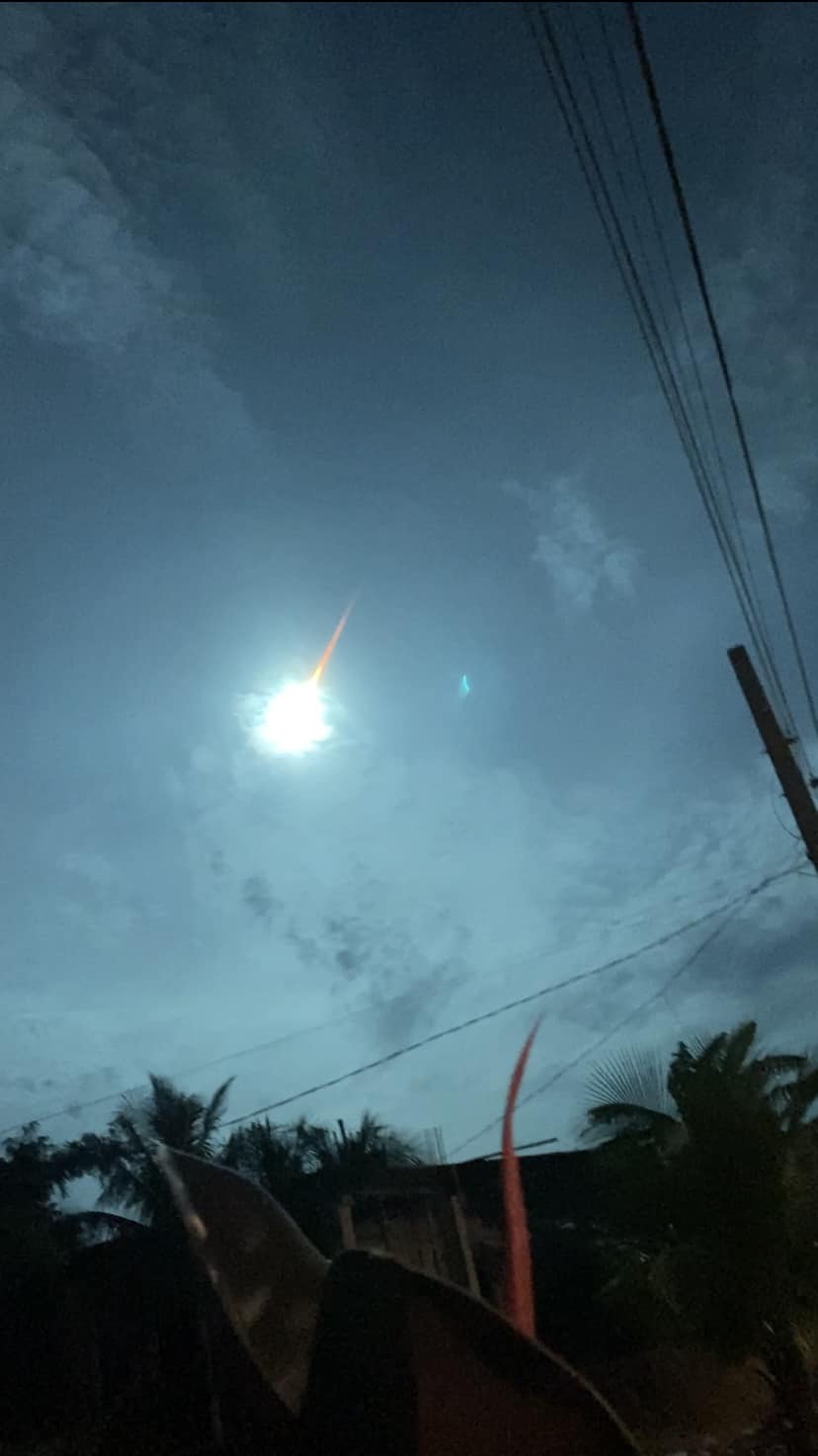According to astronomers’ calculations, on September 4, asteroid 2024 RW1 entered the Earth’s atmosphere near the island of the Philippines, Luzon. Despite the cloud cover, residents managed to capture the space guest’s visit.
Asteroid 2024 RW1 was discovered on the morning of September 4. Calculations showed that in less than eight hours it would fall to Earth. This was only the ninth time in history that scientists were able to give advance warning of an approaching celestial object and accurately determine the time and place of its fall.
Since 2024 RW1 was about 1 meter in diameter, it posed no threat to our planet. Objects of this size disintegrate in the upper atmosphere. Only small fragments may reach the Earth’s surface.
As predicted, 2024 RW1 entered Earth’s atmosphere over the western Pacific Ocean near Luzon Island on September 4 at 04:39 p.m. World Time. At the time of this event, the observing conditions were far from ideal: the sky was cloudy.

However, a number of locals managed to capture the bolide formed during the re-entry of 2024 RW1. Its brightness was comparable to the brightness of the Moon. Regarding the asteroid, if some fragments managed to survive re-entry into the atmosphere, they most likely fell into the ocean.
We have previously covered what happens to asteroid material on impact.


